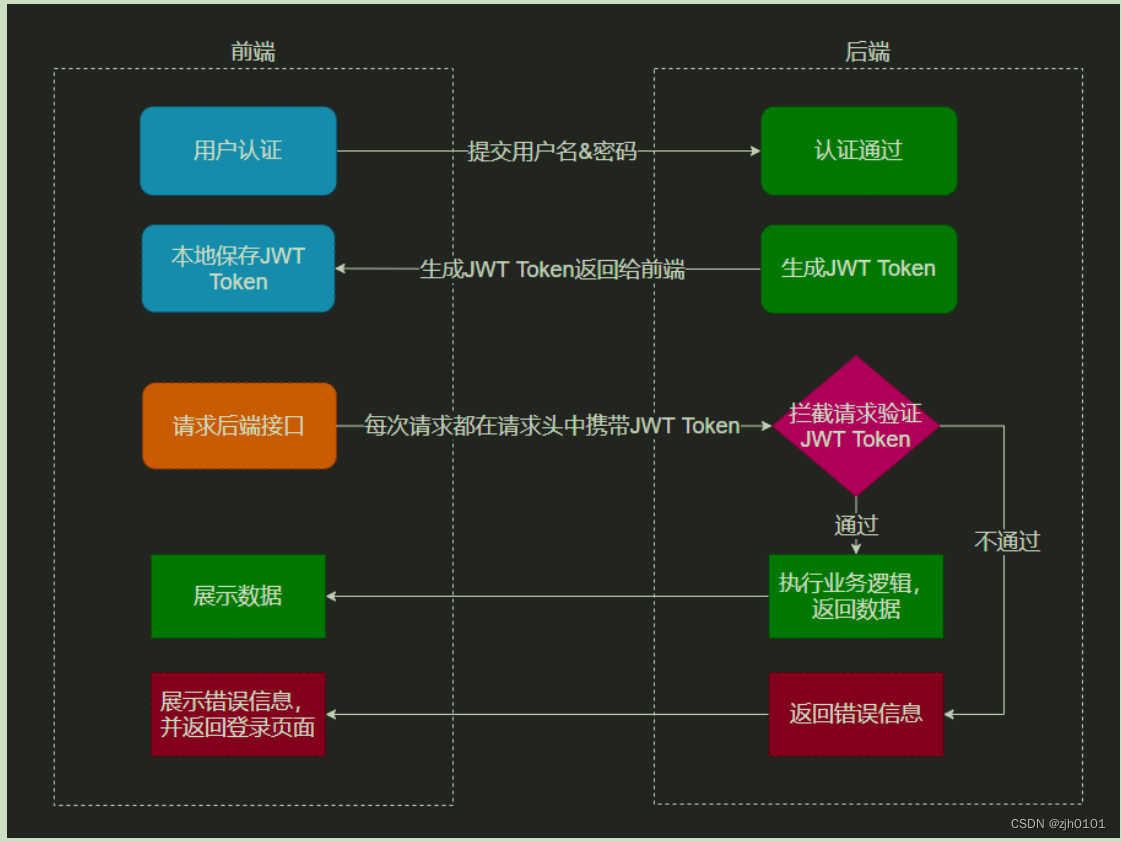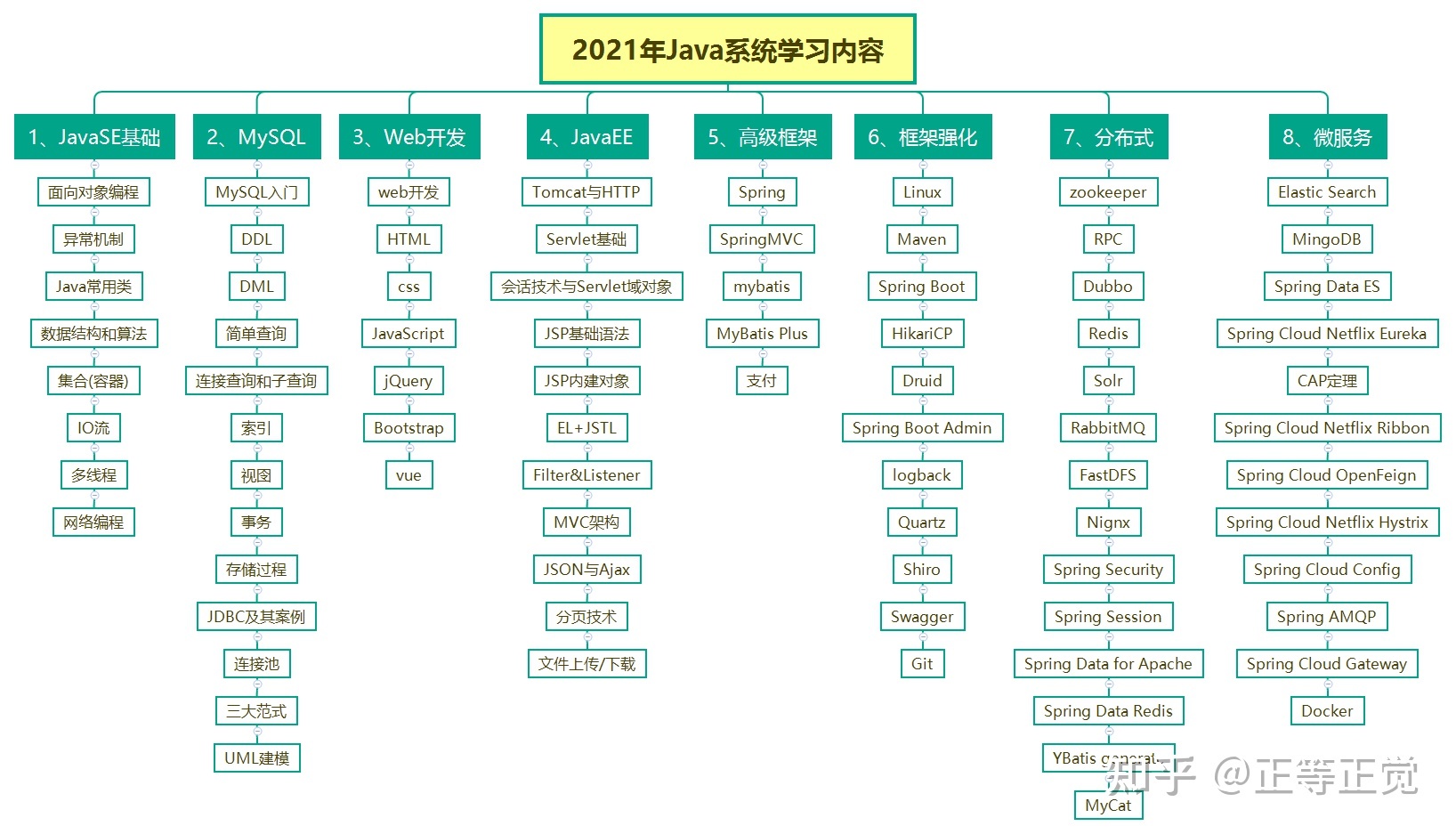kubelet中的容器垃圾回收机制
kubernetes 中的垃圾回收机制主要有两部分组成:
- kube-controller-manager 中的 gc controller 自动回收 kubernetes 中被删除的对象以及其依赖的对象;
- 每个节点上需要回收已退出的容器以及当 node 上磁盘资源不足时回收已不再使用的容器镜像;
kubelet中容器垃圾回收机制主要回收:
- 容器
- 容器镜像
kubelet 中与容器垃圾回收有关的主要有以下三个参数:
- –maximum-dead-containers-per-container: 表示一个 pod 最多可以保存多少个已经停止的容器,默认为1;(maxPerPodContainerCount)
- –maximum-dead-containers:一个 node 上最多可以保留多少个已经停止的容器,默认为 -1,表示没有限制;
- –minimum-container-ttl-duration:已经退出的容器可以存活的最小时间,默认为 0s;
kubelet 中与容器镜像回收有关的主要有以下三个参数:
- –image-gc-high-threshold:当 kubelet 磁盘达到多少时,kubelet 开始回收镜像,默认为 85% 开始回收,根目录以及数据盘;
- –image-gc-low-threshold:回收镜像时当磁盘使用率减少至多少时停止回收,默认为 80%;
- –minimum-image-ttl-duration:未使用的镜像在被回收前的最小存留时间,默认为 2m0s;
kubelet容器回收过程简述
- kubelet 中容器回收过程如下:
pod 中的容器退出时间超过–minimum-container-ttl-duration后会被标记为可回收,一个 pod 中最多可以保留–maximum-dead-containers-per-container个已经停止的容器,一个 node 上最多可以保留–maximum-dead-containers个已停止的容器。在回收容器时,kubelet 会按照容器的退出时间排序,最先回收退出时间最久的容器。需要注意的是,kubelet 在回收时会将 pod 中的 container 与 sandboxes 分别进行回收,且在回收容器后会将其对应的 log dir 也进行回收;
- kubelet 中镜像回收过程如下:
当容器镜像挂载点文件系统的磁盘使用率大于–image-gc-high-threshold时(containerRuntime 为 docker 时,镜像存放目录默认为 /var/lib/docker),kubelet 开始删除节点中未使用的容器镜像,直到磁盘使用率降低至–image-gc-low-threshold 时停止镜像的垃圾回收。
kubelet容器回收源码剖析
kubelet GarbageCollect 源码分析:
GarbageCollect 是在 kubelet 对象初始化完成后启动的,在 createAndInitKubelet 方法中首先调用 kubelet.NewMainKubelet 初始化了 kubelet 对象,随后调用 k.StartGarbageCollection 启动了 GarbageCollect。
func createAndInitKubelet(......) {k, err = kubelet.NewMainKubelet(......)if err != nil {return nil, err}k.BirthCry()k.StartGarbageCollection()return k, nil
}
k.StartGarbageCollection
在 kubelet 中镜像的生命周期和容器的生命周期是通过 imageManager 和 containerGC 管理的。在 StartGarbageCollection 方法中会启动容器和镜像垃圾回收两个任务,其主要逻辑为:
- 1、启动 containerGC goroutine,ContainerGC 间隔时间默认为 1 分钟;
- 2、检查 --image-gc-high-threshold 参数的值,若为 100 则禁用 imageGC;
- 3、启动 imageGC goroutine,imageGC 间隔时间默认为 5 分钟;
func (kl *Kubelet) StartGarbageCollection() {loggedContainerGCFailure := false// 1、启动容器垃圾回收服务go wait.Until(func() {if err := kl.containerGC.GarbageCollect(); err != nil {loggedContainerGCFailure = true} else {var vLevel klog.Level = 4if loggedContainerGCFailure {vLevel = 1loggedContainerGCFailure = false}klog.V(vLevel).Infof("Container garbage collection succeeded")}}, ContainerGCPeriod, wait.NeverStop)// 2、检查 ImageGCHighThresholdPercent 参数的值if kl.kubeletConfiguration.ImageGCHighThresholdPercent == 100 {return}// 3、启动镜像垃圾回收服务prevImageGCFailed := falsego wait.Until(func() {if err := kl.imageManager.GarbageCollect(); err != nil {......prevImageGCFailed = true} else {var vLevel klog.Level = 4if prevImageGCFailed {vLevel = 1prevImageGCFailed = false}}}, ImageGCPeriod, wait.NeverStop)
}
kl.containerGC.GarbageCollect
kl.containerGC.GarbageCollect 调用的是 ContainerGC manager 中的方法,ContainerGC 是在 NewMainKubelet 中初始化的,ContainerGC 在初始化时需要指定一个 runtime,该 runtime 即 ContainerRuntime,在 kubelet 中即 kubeGenericRuntimeManager,也是在 NewMainKubelet 中初始化的。
func NewMainKubelet(){......// MinAge、MaxPerPodContainer、MaxContainers 分别上文章开头提到的与容器垃圾回收有关的// 三个参数containerGCPolicy := kubecontainer.ContainerGCPolicy{MinAge: minimumGCAge.Duration,MaxPerPodContainer: int(maxPerPodContainerCount),MaxContainers: int(maxContainerCount),}// 初始化 containerGC 模块containerGC, err := kubecontainer.NewContainerGC(klet.containerRuntime, containerGCPolicy, klet.sourcesReady)if err != nil {return nil, err}......
}
ContainerGC 的初始化以及 GarbageCollect 的启动:
func NewContainerGC(runtime Runtime, policy ContainerGCPolicy, sourcesReadyProvider SourcesReadyProvider) (ContainerGC, error) {if policy.MinAge < 0 {return nil, fmt.Errorf("invalid minimum garbage collection age: %v", policy.MinAge)}return &realContainerGC{runtime: runtime,policy: policy,sourcesReadyProvider: sourcesReadyProvider,}, nil
}func (cgc *realContainerGC) GarbageCollect() error {return cgc.runtime.GarbageCollect(cgc.policy, cgc.sourcesReadyProvider.AllReady(), false)
}
ContainerGC 中的 GarbageCollect 最终是调用 runtime 中的 GarbageCollect 方法,runtime 即 kubeGenericRuntimeManager。
cgc.runtime.GarbageCollect
cgc.runtime.GarbageCollect 的实现是在 kubeGenericRuntimeManager 中,其主要逻辑为:
- 1、回收 pod 中的 container;
- 2、回收 pod 中的 sandboxes;
- 3、回收 pod 以及 container 的 log dir;
func (cgc *containerGC) GarbageCollect(gcPolicy kubecontainer.ContainerGCPolicy, allSourcesReady bool, evictTerminatedPods bool) error {errors := []error{}// 1、回收 pod 中的 containerif err := cgc.evictContainers(gcPolicy, allSourcesReady, evictTerminatedPods); err != nil {errors = append(errors, err)}// 2、回收 pod 中的 sandboxesif err := cgc.evictSandboxes(evictTerminatedPods); err != nil {errors = append(errors, err)}// 3、回收 pod 以及 container 的 log dirif err := cgc.evictPodLogsDirectories(allSourcesReady); err != nil {errors = append(errors, err)}return utilerrors.NewAggregate(errors)
}
cgc.evictContainers
在 cgc.evictContainers 方法中会回收所有可被回收的容器,其主要逻辑为
- 1、首先调用 cgc.evictableContainers 获取可被回收的容器作为 evictUnits,可被回收的容器指非 running 状态且创建时间超过 MinAge,evictUnits 数组中包含 pod 与 container 的对应关系;
- 2、回收 deleted 状态以及 terminated 状态的 pod,遍历 evictUnits,若 pod 是否处于 deleted 或者 terminated 状态,则调用 cgc.removeOldestN 回收 pod 中的所有容器。deleted 状态指 pod 已经被删除或者其 status.phase 为 failed 且其 status.reason 为 evicted 或者 pod.deletionTimestamp != nil 且 pod 中所有容器的 status 为 terminated 或者 waiting 状态,terminated 状态指 pod 处于 Failed 或者 succeeded 状态;
- 3、对于非 deleted 或者 terminated 状态的 pod,调用 cgc.enforceMaxContainersPerEvictUnit 为其保留 MaxPerPodContainer 个已经退出的容器,按照容器退出的时间进行排序优先删除退出时间最久的,MaxPerPodContainer 在上文已经提过,表示一个 pod 最多可以保存多少个已经停止的容器,默认为1,可以使用 --maximum-dead-containers-per-container 在启动时指定;
- 4、若 kubelet 启动时指定了–maximum-dead-containers(默认为 -1 即不限制),即需要为 node 保留退出的容器数,若 node 上保留已经停止的容器数超过 --maximum-dead-containers,首先计算需要为每个 pod 保留多少个已退出的容器保证其总数不超过 --maximum-dead-containers 的值,若计算结果小于 1 则取 1,即至少保留一个,然后删除每个 pod 中不需要保留的容器,此时若 node 上保留已经停止的容器数依然超过需要保留的最大值,则将 evictUnits 中的容器按照退出时间进行排序删除退出时间最久的容器,使 node 上保留已经停止的容器数满足 --maximum-dead-containers 值;
func (cgc *containerGC) evictContainers(gcPolicy kubecontainer.ContainerGCPolicy, allSourcesReady bool, evictTerminatedPods bool) error {// 1、获取可被回收的容器列表evictUnits, err := cgc.evictableContainers(gcPolicy.MinAge)if err != nil {return err}// 2、回收 Deleted 状态以及 Terminated 状态的 pod,此处 allSourcesReady 指 kubelet // 支持的三种 podSource 是否都可用if allSourcesReady {for key, unit := range evictUnits {if cgc.podStateProvider.IsPodDeleted(key.uid) || (cgc.podStateProvider.IsPodTerminated(key.uid) && evictTerminatedPods) {cgc.removeOldestN(unit, len(unit)) delete(evictUnits, key)}}}// 3、为非 Deleted 状态以及 Terminated 状态的 pod 保留 MaxPerPodContainer 个已经退出的容器if gcPolicy.MaxPerPodContainer >= 0 {cgc.enforceMaxContainersPerEvictUnit(evictUnits, gcPolicy.MaxPerPodContainer)}// 4、若 kubelet 启动时指定了 --maximum-dead-containers(默认为 -1 即不限制)参数,// 此时需要为 node 保留退出的容器数不能超过 --maximum-dead-containers 个if gcPolicy.MaxContainers >= 0 && evictUnits.NumContainers() > gcPolicy.MaxContainers {numContainersPerEvictUnit := gcPolicy.MaxContainers / evictUnits.NumEvictUnits()if numContainersPerEvictUnit < 1 {numContainersPerEvictUnit = 1}cgc.enforceMaxContainersPerEvictUnit(evictUnits, numContainersPerEvictUnit)numContainers := evictUnits.NumContainers()if numContainers > gcPolicy.MaxContainers {flattened := make([]containerGCInfo, 0, numContainers)for key := range evictUnits {flattened = append(flattened, evictUnits[key]...)}sort.Sort(byCreated(flattened))cgc.removeOldestN(flattened, numContainers-gcPolicy.MaxContainers)}}return nil
}
cgc.evictSandboxes
cgc.evictSandboxes 方法会回收所有可回收的 sandboxes,其主要逻辑为:
- 1、首先获取 node 上所有的 containers 和 sandboxes;
- 2、构建 sandboxes 与 pod 的对应关系并将其保存在 sandboxesByPodUID 中;
- 3、对 sandboxesByPodUID 列表按创建时间进行排序;
- 4、若 sandboxes 所在的 pod 处于 deleted 状态,则删除该 pod 中所有的 sandboxes 否则只保留退出时间最短的一个 sandboxes,deleted 状态在上文 cgc.evictContainers 方法中已经解释过;
func (cgc *containerGC) evictSandboxes(evictTerminatedPods bool) error {// 1、获取 node 上所有的 containercontainers, err := cgc.manager.getKubeletContainers(true)if err != nil {return err}// 2、获取 node 上所有的 sandboxessandboxes, err := cgc.manager.getKubeletSandboxes(true)if err != nil {return err}// 3、收集所有 container 的 PodSandboxId sandboxIDs := sets.NewString()for _, container := range containers {sandboxIDs.Insert(container.PodSandboxId)}// 4、构建 sandboxes 与 pod 的对应关系并将其保存在 sandboxesByPodUID 中sandboxesByPod := make(sandboxesByPodUID)for _, sandbox := range sandboxes {podUID := types.UID(sandbox.Metadata.Uid)sandboxInfo := sandboxGCInfo{id: sandbox.Id,createTime: time.Unix(0, sandbox.CreatedAt),}if sandbox.State == runtimeapi.PodSandboxState_SANDBOX_READY {sandboxInfo.active = true}if sandboxIDs.Has(sandbox.Id) {sandboxInfo.active = true}sandboxesByPod[podUID] = append(sandboxesByPod[podUID], sandboxInfo)}// 5、对 sandboxesByPod 进行排序for uid := range sandboxesByPod {sort.Sort(sandboxByCreated(sandboxesByPod[uid]))}// 6、遍历 sandboxesByPod,若 sandboxes 所在的 pod 处于 deleted 状态,// 则删除该 pod 中所有的 sandboxes 否则只保留退出时间最短的一个 sandboxesfor podUID, sandboxes := range sandboxesByPod {if cgc.podStateProvider.IsPodDeleted(podUID) || (cgc.podStateProvider.IsPodTerminated(podUID) && evictTerminatedPods) {cgc.removeOldestNSandboxes(sandboxes, len(sandboxes))} else {cgc.removeOldestNSandboxes(sandboxes, len(sandboxes)-1)}}return nil
}
cgc.evictPodLogsDirectories
cgc.evictPodLogsDirectories 方法会回收所有可回收 pod 以及 container 的 log dir,其主要逻辑为:
- 1、首先回收 deleted 状态 pod logs dir,遍历 pod logs dir /var/log/pods,/var/log/pods 为 pod logs 的默认目录,pod logs dir 的格式为 /var/log/pods/NAMESPACE_NAME_UID,解析 pod logs dir 获取 pod uid,判断 pod 是否处于 deleted 状态,若处于 deleted 状态则删除其 logs dir;
- 2、回收 deleted 状态 container logs 链接目录,/var/log/containers 为 container log 的默认目录,其会软链接到 pod 的 log dir 下,例如:
/var/log/containers/storage-provisioner_kube-system_storage-provisioner-acc8386e409dfb3cc01618cbd14c373d8ac6d7f0aaad9ced018746f31d0081e2.log -> /var/log/pods/kube-system_storage-provisioner_b448e496-eb5d-4d71-b93f-ff7ff77d2348/storage-provisioner/0.log
func (cgc *containerGC) evictPodLogsDirectories(allSourcesReady bool) error {osInterface := cgc.manager.osInterface// 1、回收 deleted 状态 pod logs dirif allSourcesReady {dirs, err := osInterface.ReadDir(podLogsRootDirectory)if err != nil {return fmt.Errorf("failed to read podLogsRootDirectory %q: %v", podLogsRootDirectory, err)}for _, dir := range dirs {name := dir.Name()podUID := parsePodUIDFromLogsDirectory(name)if !cgc.podStateProvider.IsPodDeleted(podUID) {continue}err := osInterface.RemoveAll(filepath.Join(podLogsRootDirectory, name))if err != nil {klog.Errorf("Failed to remove pod logs directory %q: %v", name, err)}}}// 2、回收 deleted 状态 container logs 链接目录logSymlinks, _ := osInterface.Glob(filepath.Join(legacyContainerLogsDir, fmt.Sprintf("*.%s", legacyLogSuffix)))for _, logSymlink := range logSymlinks {if _, err := osInterface.Stat(logSymlink); os.IsNotExist(err) {err := osInterface.Remove(logSymlink)if err != nil {klog.Errorf("Failed to remove container log dead symlink %q: %v", logSymlink, err)}}}return nil
}
kl.imageManager.GarbageCollect
kl.imageManager.GarbageCollect 是镜像回收任务启动的方法,镜像回收流程是在 imageManager 中进行的,首先了解下 imageManager 的初始化,imageManager 也是在 NewMainKubelet 方法中进行初始化的。
func NewMainKubelet(){...... // 初始化时需要指定三个参数,三个参数已经在上文中提到过imageGCPolicy := images.ImageGCPolicy{MinAge: kubeCfg.ImageMinimumGCAge.Duration,HighThresholdPercent: int(kubeCfg.ImageGCHighThresholdPercent),LowThresholdPercent: int(kubeCfg.ImageGCLowThresholdPercent),}......imageManager, err := images.NewImageGCManager(klet.containerRuntime, klet.StatsProvider, kubeDeps.Recorder, nodeRef, imageGCPolicy, crOptions.PodSandboxImage)if err != nil {return nil, fmt.Errorf("failed to initialize image manager: %v", err)}klet.imageManager = imageManager......
}
kl.imageManager.GarbageCollect 方法的主要逻辑为:
- 1、首先调用 im.statsProvider.ImageFsStats 获取容器镜像存储目录挂载点文件系统的磁盘信息;
- 2、获取挂载点的 available 和 capacity 信息并计算其使用率;
- 3、若使用率大于 HighThresholdPercent,首先根据 LowThresholdPercent 值计算需要释放的磁盘量,然后调用 im.freeSpace 释放未使用的 image 直到满足磁盘空闲率;
func (im *realImageGCManager) GarbageCollect() error {// 1、获取容器镜像存储目录挂载点文件系统的磁盘信息fsStats, err := im.statsProvider.ImageFsStats()if err != nil {return err}var capacity, available int64if fsStats.CapacityBytes != nil {capacity = int64(*fsStats.CapacityBytes)}if fsStats.AvailableBytes != nil {available = int64(*fsStats.AvailableBytes)}if available > capacity {available = capacity}if capacity == 0 {err := goerrors.New("invalid capacity 0 on image filesystem")im.recorder.Eventf(im.nodeRef, v1.EventTypeWarning, events.InvalidDiskCapacity, err.Error())return err}// 2、若使用率大于 HighThresholdPercent,此时需要回收镜像usagePercent := 100 - int(available*100/capacity)if usagePercent >= im.policy.HighThresholdPercent {// 3、计算需要释放的磁盘量amountToFree := capacity*int64(100-im.policy.LowThresholdPercent)/100 - available// 4、调用 im.freeSpace 回收未使用的镜像信息freed, err := im.freeSpace(amountToFree, time.Now())if err != nil {return err}if freed < amountToFree {err := fmt.Errorf("failed to garbage collect required amount of images. Wanted to free %d bytes, but freed %d bytes", amountToFree, freed)im.recorder.Eventf(im.nodeRef, v1.EventTypeWarning, events.FreeDiskSpaceFailed, err.Error())return err}}return nil
}
im.freeSpace
im.freeSpace 是回收未使用镜像的方法,其主要逻辑为:
- 1、首先调用 im.detectImages 获取已经使用的 images 列表作为 imagesInUse;
- 2、遍历 im.imageRecords 根据 imagesInUse 获取所有未使用的 images 信息,im.imageRecords 记录 node 上所有 images 的信息;
- 3、根据使用时间对未使用的 images 列表进行排序;
- 4、遍历未使用的 images 列表然后调用 im.runtime.RemoveImage 删除镜像,直到回收完所有未使用 images 或者满足空闲率;
func (im *realImageGCManager) freeSpace(bytesToFree int64, freeTime time.Time) (int64, error) {// 1、获取已经使用的 images 列表imagesInUse, err := im.detectImages(freeTime)if err != nil {return 0, err}im.imageRecordsLock.Lock()defer im.imageRecordsLock.Unlock()// 2、获取所有未使用的 images 信息images := make([]evictionInfo, 0, len(im.imageRecords))for image, record := range im.imageRecords {if isImageUsed(image, imagesInUse) {klog.V(5).Infof("Image ID %s is being used", image)continue}images = append(images, evictionInfo{id: image,imageRecord: *record,})}// 3、按镜像使用时间进行排序sort.Sort(byLastUsedAndDetected(images))// 4、回收未使用的镜像var deletionErrors []errorspaceFreed := int64(0)for _, image := range images {if image.lastUsed.Equal(freeTime) || image.lastUsed.After(freeTime) {continue}if freeTime.Sub(image.firstDetected) < im.policy.MinAge {continue}// 5、调用 im.runtime.RemoveImage 删除镜像err := im.runtime.RemoveImage(container.ImageSpec{Image: image.id})if err != nil {deletionErrors = append(deletionErrors, err)continue}delete(im.imageRecords, image.id)spaceFreed += image.sizeif spaceFreed >= bytesToFree {break}}if len(deletionErrors) > 0 {return spaceFreed, fmt.Errorf("wanted to free %d bytes, but freed %d bytes space with errors in image deletion: %v", bytesToFree, spaceFreed, errors.NewAggregate(deletionErrors))}return spaceFreed, nil
}




